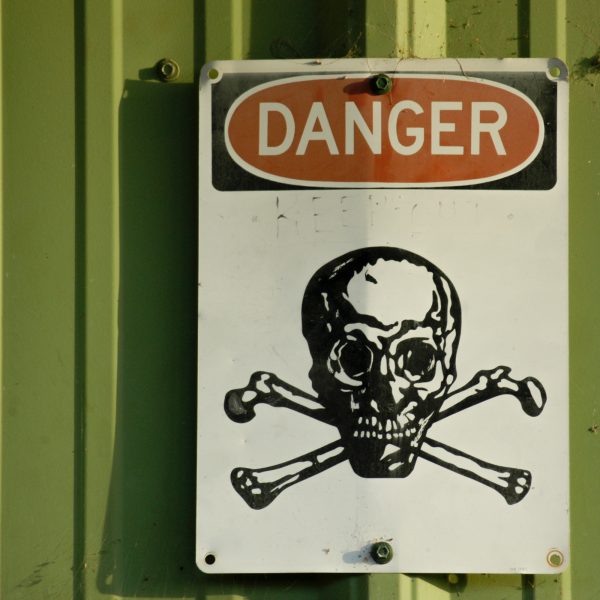Worried about chemicals in the ECEC environment? New UTS guide can help!

The Institute for Sustainable Futures (ISF) at the University of Technology Sydney (UTS) has released a ‘first of its kind’ resource to support early childhood education and care (ECEC) services who are concerned about the presence of toxins and chemicals in their learning environments.
The Toxic-free Childcare Guide provides easy-to-understand, trustworthy advice for the ECEC sector on where potentially harmful chemicals might be found and what they can do about them.
It also includes advice for government policy makers on how reforms to standards and regulation can help.
The Guide addresses the ‘main offenders’ including:
- PFAS (per- and polyfluoroalkyl substances): Found in carpets, cleaning products, clothing, cookware, food packaging, furnishings, outdoor apparel and paints.
- Antimicrobials: Found in cleaning and personal care products, clothing and other textiles, building materials, kitchenware and electronics.
- Flame retardants: Found in furniture, children’s products, mattresses, carpets, electronics enclosures and building materials.
- Bisphenols and Phthalates: Found in water bottles, tins and other food storage containers, toys and sports equipment, vinyl flooring, toys, plastic wrap, and food packaging and containers, glues, sealants, personal care items and air fresheners.
- Some Solvents: Found in many oil-based paints, paint strippers, adhesives, wood finishes, markers, aerosols, garment dry cleaning, sealants and cleaning products.
- Heavy Metals: Found in fluorescent lights, metal costume jewellery and charms, rechargeable batteries, poor-quality dishware/cookware and toys.
While Australia has strong safety standards to protect children from most significant hazards, some potentially hazardous chemicals still find their way into ECEC settings.
Around 350,000 chemicals are currently registered for use globally, and 2,000 new ones enter the market each year. Only a small percentage of these have been tested for their long-term effects on human health and the environment.
Research is starting to show that some of these chemicals are toxic to humans, and these have been found in products such as toys, kitchen utensils, furniture, electronics, clothing and building materials.
There is a lack of freely available, easy-to-understand information about these chemicals, and what they could mean or organisations such as ECEC settings, prompting the researchers to create the guide.
“Children are more sensitive to chemicals than adults, due to their behaviour, the types of products they use, the smaller size of their bodies, and the developmental stage of their organs,” ISF researcher Dr Rachael Wakefield-Rann said.
“It’s important that centre owners have the facts, so they can make small changes to help keep the children in their care safer.”
The Toxic-Free Childcare Guide is available to download here.
Popular

Quality
Practice
Research
Small ways to teach babies and toddlers body safety and consent in early learning
2025-12-15 08:00:40
by Fiona Alston

Quality
Research
Food safety in early learning centres: Protecting children through better practices
2025-12-15 07:45:24
by Contributed Content

Quality
Research
Your child’s school readiness depends on where you live, new AEDC data shows
2025-12-17 07:45:40
by Contributed Content
















